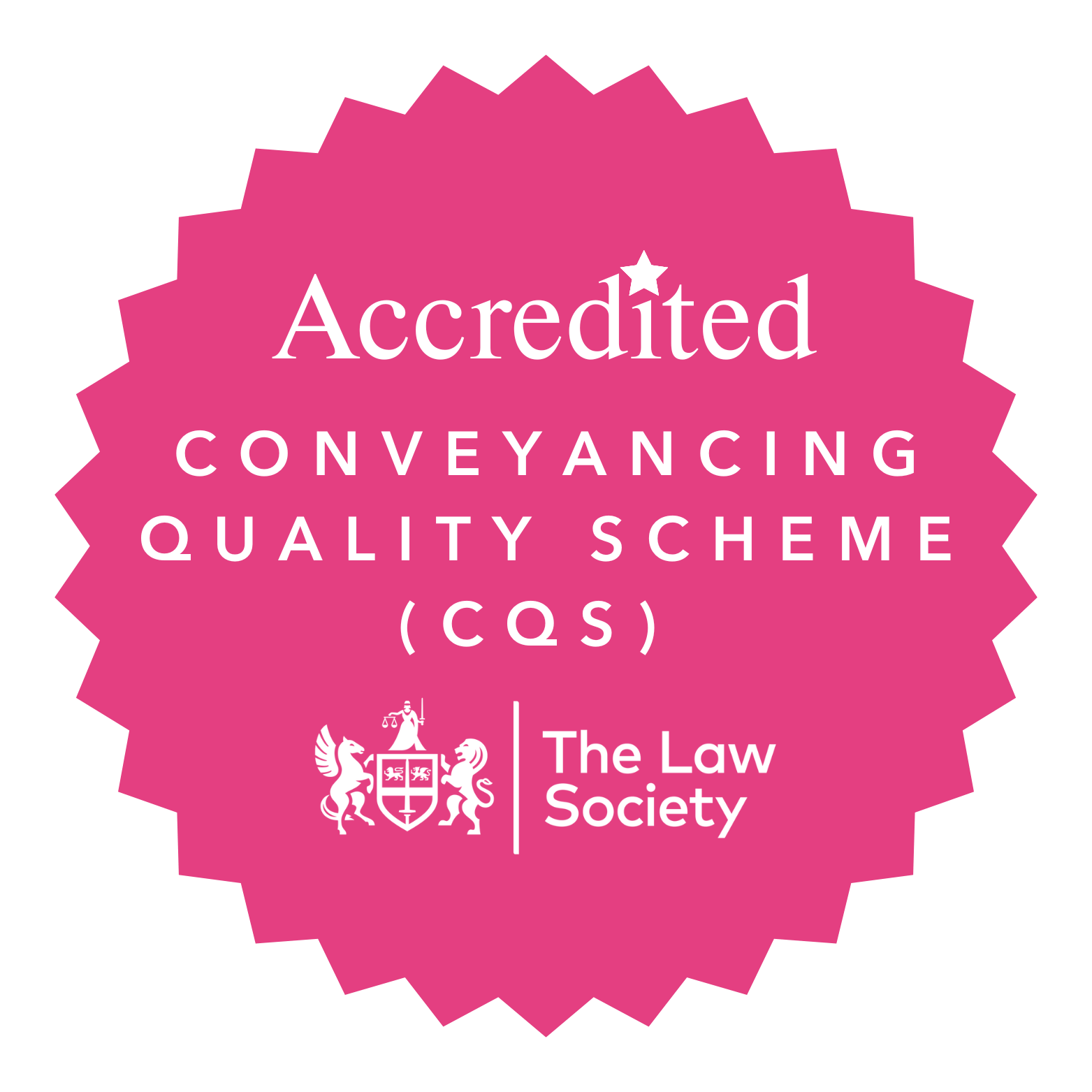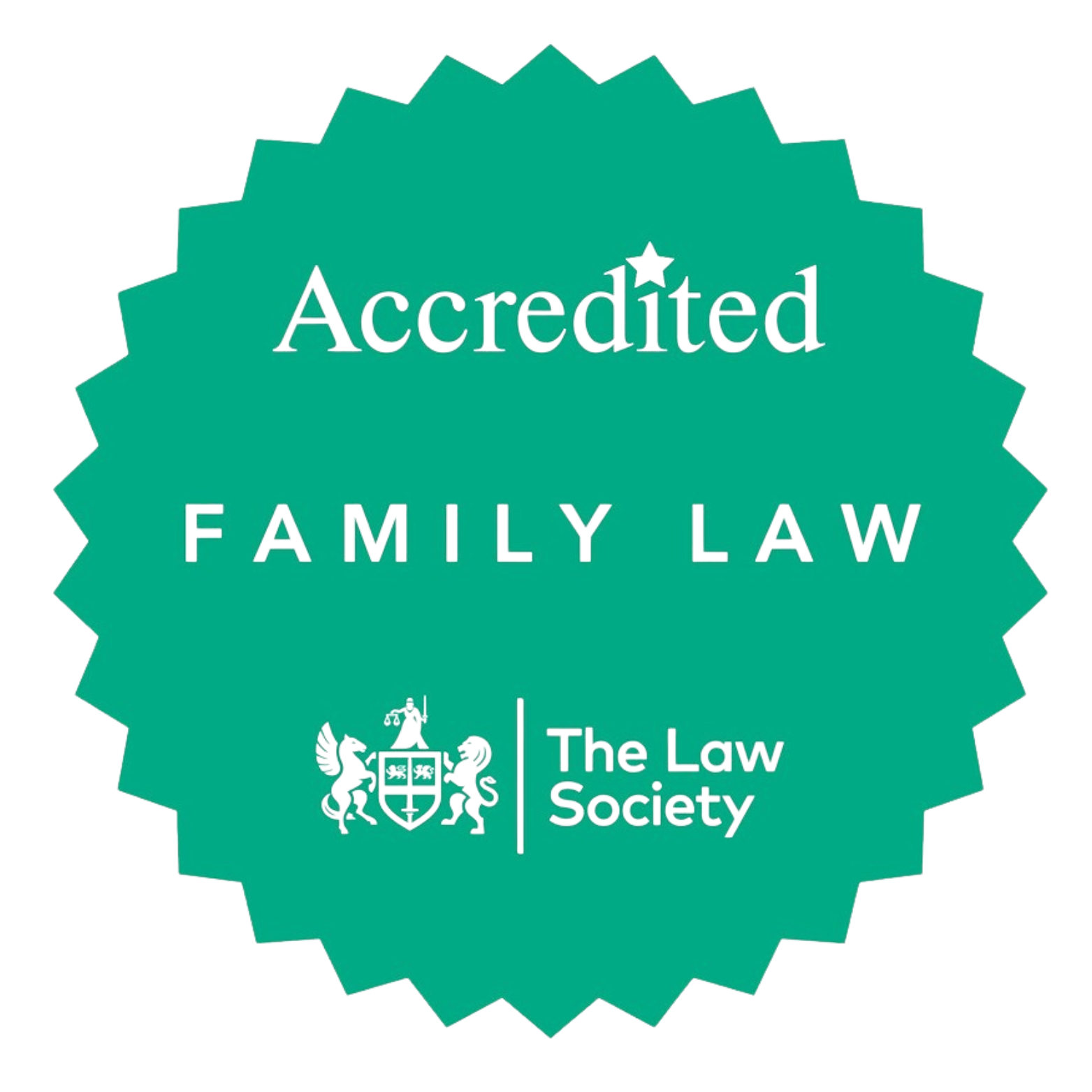
Pre-action protocols are meant to promote early dispute resolution outside of judicial intervention, and parties are frequently obliged to abide by them before actually filing a case. Under these procedures, information about the claim, its supporting documentation, and any possible defences are shared between the parties. The intention is to encourage settlement talks before the need for legal cases.
Personal injury claims, building disputes, and professional negligence cases are among the several pre-action protocols that are outlined in the UK’s Civil Procedure Rules (CPR). Even if one party wins the case in the end, breaking these procedures may result in consequences like cost sanctions. Pre-action protocols and civil litigation procedures are integral to ensuring smoother dispute resolution.
The claimant may proceed by filing a claim in court if the pre-action procedures do not lead to a settlement. Filing a claim form is necessary for this, as it contains all the case information, facts supporting the claim, legal foundation for the claim, and requested remedies (such as damages or specific performance). Usually, the claim form is submitted with particulars of the claim, which offer additional in-depth details regarding the disagreement.
The defendant is then served with the claim by the court, and they have a deadline to reply. The defendant has three options regarding the claim: it can be counterclaimed against the claimant, denied, or admitted. The claimant may file an application for a default judgement, which would allow the court to rule in their favour without holding a trial, if the defendant does not reply by the time.
Both parties must reveal the evidence they want to use in support of their claims during the trial after filing their claim and defence. This phase, also referred to as the discovery or disclosure process, is an essential part of civil litigation. All necessary documentation, such as emails, contracts, financial records, and witness statements, must be provided by the parties.
Expert testimony may occasionally be used in the disclosure process, especially when dealing with complicated matters like financial fraud, engineering conflicts, or medical carelessness. Experts offer independent views that can aid the court in comprehending the case’s technical details. Usually, before the trial, both sides must exchange their expert reports.
The parties may negotiate a settlement at any time during the legal procedure. In fact, courts actively promote settlement discussions between parties since they can save costs for legal services, minimise waiting times, and lower the burden on the court system. Settlements are typically achieved by formal Alternative Dispute Resolution (ADR) procedures like mediation or arbitration (described below), or by direct negotiation between the parties.
In most cases, a settlement can be reached between the parties without a trial, and the terms of the settlement are frequently codified in a binding contract. The case goes to trial if a settlement cannot be reached.
The parties submit their case to the court during the trial phase (occasionally to a jury, but this is not common in civil proceedings). Every party gets the chance to cross-examine the witnesses of the opposing party, summon witnesses, and provide evidence. Following an assessment of the evidence and hearings from both sides, the judge then decides how to proceed based on the case’s facts and applicable legal precedents.
The length of a civil trial can vary based on the complex nature of the case and the number of witnesses. Some trials can take weeks or even months to complete, while others might just take a few hours or days. After the trial, the judge will typically issue a written judgement explaining their decision and the factors that led to it.
The winning party may have to take action to enforce the judgement after it is rendered, especially if the losing side doesn’t want to follow it. Depending on the kind of remedy granted, a judgement can be enforced in a number of ways. For instance, the winning side may file for a writ of execution, enabling bailiffs to take the defendant’s property in order to pay the debt, if the court directs the payment of damages. Garnishing the defendant’s wages or requesting a charge order against their property are two other ways of enforcement.
A losing side may occasionally file an appeal of the judgement, which could result in additional legal action in a higher court. Appeals are often restricted to situations in which there was a factual misrepresentation or a legal error during the trial.
There are various steps in the civil litigation process, ranging from the issue of a claim and pre-action procedures to the trial and judgement enforcement. Opportunities to resolve the conflict or, if necessary, move forward with a final court decision are provided at each level. It is crucial to comprehend the procedures involved in civil litigation in order to control expectations, make sufficient preparations, and make wise decisions all along the court proceedings.
Copyright © 2025 Adam Bernard Solicitors. This Firm is Authorised & Regulated by the Solicitors Regulation Authority SRA NO: 598171, 656730.





